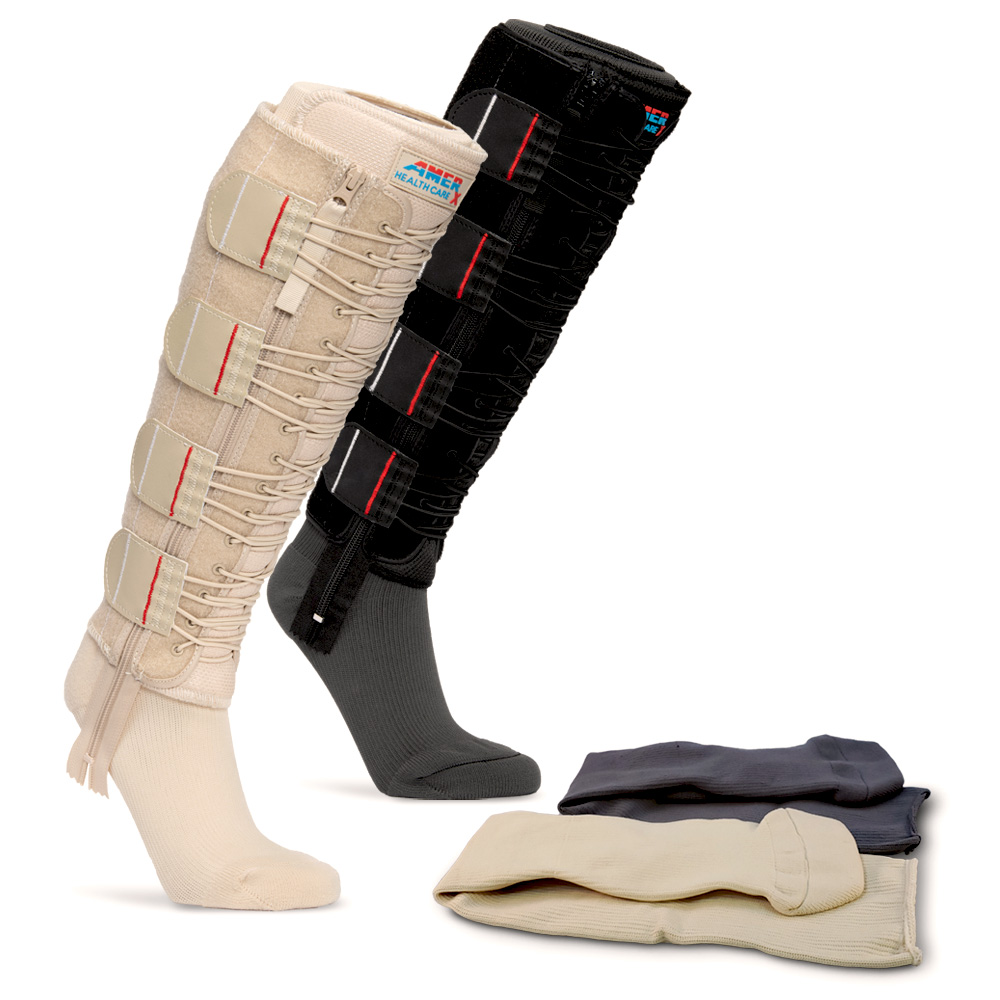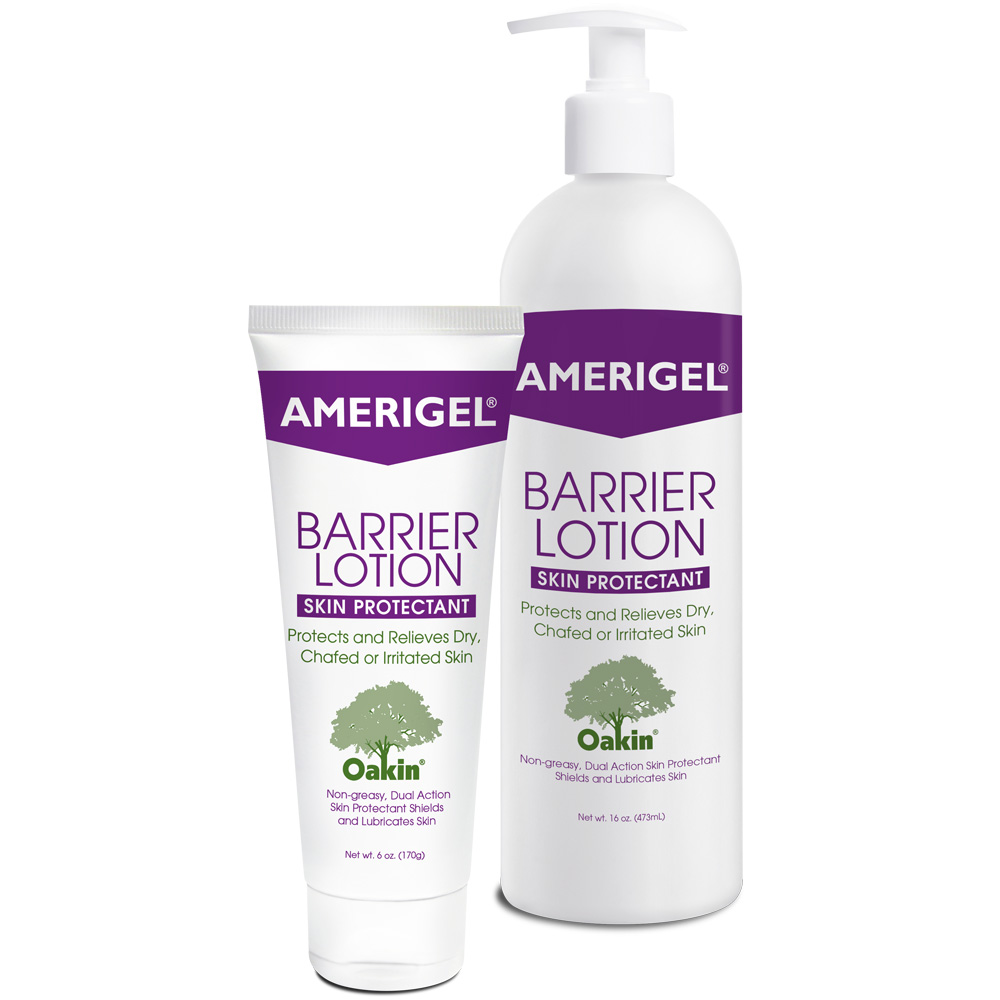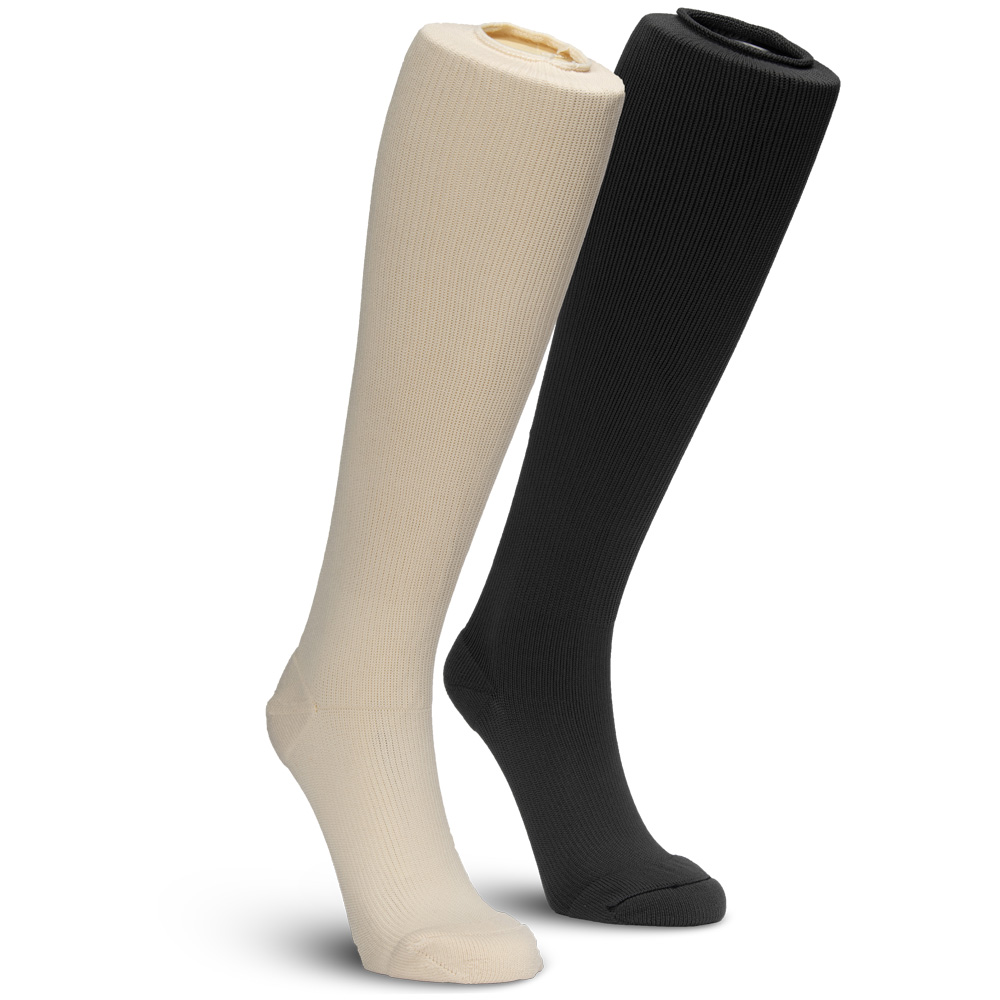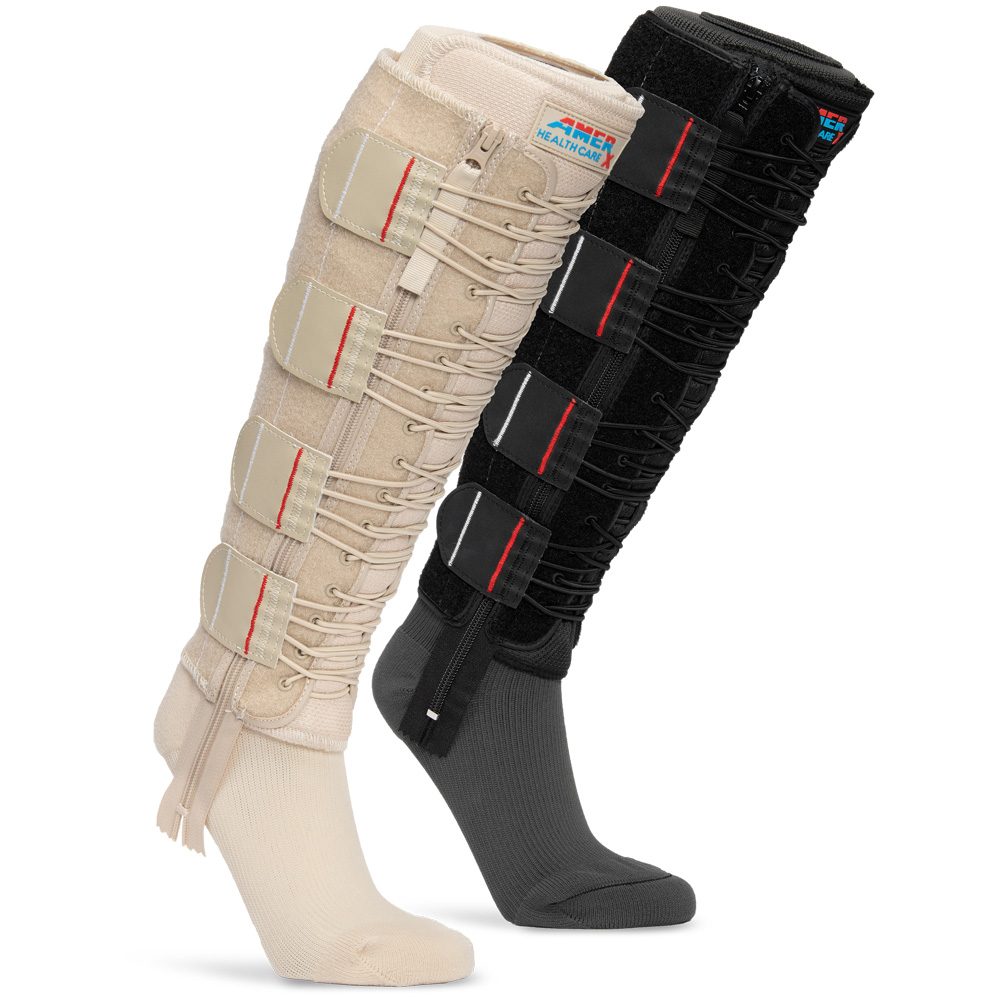Chronic Venous Insufficiency (CVI) /
Venous Hypertension
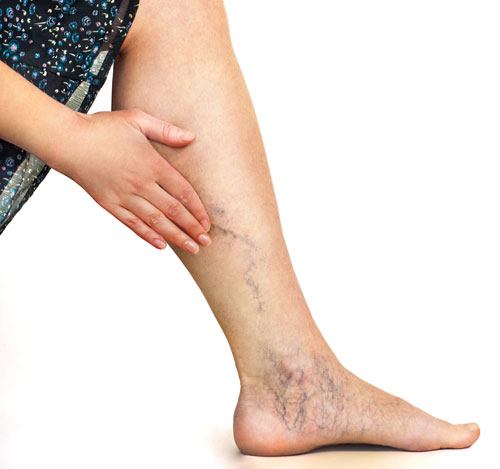
What is Chronic Venous Insufficiency?
Arteries are responsible for carrying blood away from your heart. Veins are responsible for returning blood back to your heart. Venous leg disease results in the veins of the legs not functioning properly and blood not being returned to the heart the way it should be. This is sometimes referred to as chronic venous insufficiency (CVI). When this happens, blood can stay in the legs instead of being returned to the heart. Sometimes the blood even flows backwards and ends up collecting in the legs.
When blood is not returned from the legs, and instead stays in the legs, it is called venous stasis. Some types of venous leg disease should be seen by a doctor. For many people experiencing CVI, help is available with the EXTREMIT-EASE Compression Garment.
What Causes Venous Leg Disease?
There are three main things that can lead to veins not working properly in your legs:
- When the valves of your leg veins, which are supposed to keep blood moving in the correct direction, do not work properly.
- When there is weakness in the walls of the veins that are supposed to be returning blood from the legs.
- Lack of activity can contribute to venous leg disease. When we walk, the muscles of our calf actually squeeze the leg veins and help them to return blood. If that walking is not occurring, we do not get the assistance of that “calf pump” in returning blood.
What are Some Symptoms of Venous Leg Disease?
Chronic venous insufficiency can cause different problems when it occurs, mostly in the legs. People with venous leg disease may experience swollen legs, varicose veins, changes in skin color, painful legs, stiff legs, and other problems. In more advanced cases, people can even develop leg ulcers. There is risk of infection when ulcers develop in the legs.
- Swollen Legs
When blood is not returned from your legs because the veins are not working properly, it may pool and accumulate in your legs. This can result in leg swelling. This can also lead to swelling of ankles and feet. When this occurs, you may notice an increase in the size of your legs. They can look and feel larger. This swelling is more likely to occur in people with chronic venous insufficiency who spend more time sitting with their legs hanging down. - Difficulty Walking
When your legs are filled up with blood that should have been returned to your heart they can become heavy. This can lead to difficulty walking. You can think of it as weight lifting in the gym. It is more difficult to lift and move your leg if it is heavier than it is supposed to be. People with CVI often say it is hard for them to walk. Because walking and being active helps to treat and prevent venous leg disease, having a hard time walking contributes to a cycle that can make it difficult to treat and / or prevent this problem. - Varicose Veins
People with vein disease of their legs may also experience varicose veins. When the veins of the legs are not returning blood to the heart, that blood can accumulate in veins and cause them to appear large and twisted and sometimes feel lumpy. Occasionally, these varicose veins can have an undesirable appearance, especially when the veins become visible under the surface of the skin with a blue or purple coloration. - Painful Legs
If enough blood accumulates in your legs, it can actually cause pain. This pain can make it difficult to walk. While the pain described here can occur anywhere in your legs, it most commonly occurs in the lower legs, between the knees and ankles. - Skin Color Changes
In more advanced stages of chronic venous insufficiency the veins can get so filled up with blood that they actually leak. That blood can leak into the skin causing color changes. The skin can turn brown, red, yellow, or some combination of those colors. This can occur in small spots or large areas. When this occurs it is called venous stasis dermatitis. - Leg Ulcers
Sometimes so much blood accumulates in the legs it can weaken the skin and cause one area or multiple areas of the skin to break open. This is referred to as a venous leg ulcer or a venous insufficiency ulcer. These leg ulcers are normally not very deep but they can get large. They can also be painful sometimes. Venous leg ulcers are not normally a perfect circle or oval, but instead have very curvy margins. - Leg Infection
One of the reasons having a venous leg ulcer is bad is it can get infected. That opening in the skin provides an entry point for bacteria. If bacteria gets in, it can cause an infection to the skin surrounding the ulcer. This infection usually results in redness, heat, and pain. It can even make you feel sick. Infection of the skin is called cellulitis.
Do I Have Venous Leg Disease?
If you think you may have venous leg disease you should consider seeing your healthcare provider. If you are experiencing any of the following there is a chance you have venous leg disease:
- Change in the Appearance of Your Legs
If you have venous leg disease, your legs may look different. They can become swollen and change color. The color may change to look more brown, red, yellow, or some combination of those colors. Varicose veins may develop, which often look like skinny, curvy, purplish lines - Change in How You Walk
Venous leg disease can make it difficult to walk by making your legs feel heavy. There also may be pain in your legs that contributes to difficulty with walking. - Leg Ulcers
If an ulcer or more than one ulcer develops on your legs, that can be a sign of venous leg disease. An ulcer is an opening in the skin that does not heal in a normal amount of time. Sometimes these ulcers can become infected, which can cause redness, heat, pain, and even a bad odor.
How is Venous Leg Disease Treated?
In some cases it may be appropriate to see a doctor for venous leg disease and the things it can cause. The most important aspect of treating Chronic Venous Insufficiency is compression therapy.
Applying compression to legs gives veins the help they need to move blood and fluid back up into the body. While many graduated compression garments on the market have reputations for being hard to apply and uncomfortable to wear, the EXTREMIT-EASE Compression Garment is designed to be different.
AMERX Health Care designed the EXTREMIT-EASE Compression Garment with your ease and comfort in mind. The garment’s unique design uses a zipper and bungee cords with wide tabs to make it easy for you to properly apply and adjust without additional help from a medical professional. Made with breathable fabric that does not slip or bunch, EXTREMIT-EASE can be worn comfortably for hours, so you can get the most from your compression therapy.
*If you are experiencing any symptoms suggestive of a medical emergency, contact a physician or seek urgent care immediately.
EXTREMIT-EASE Can Help!
Use the EXTREMIT-EASE Compression Garment and AMERIGEL Skin Care products daily for easy and effective management of Chronic Venous Insufficiency / Venous Hypertension.

